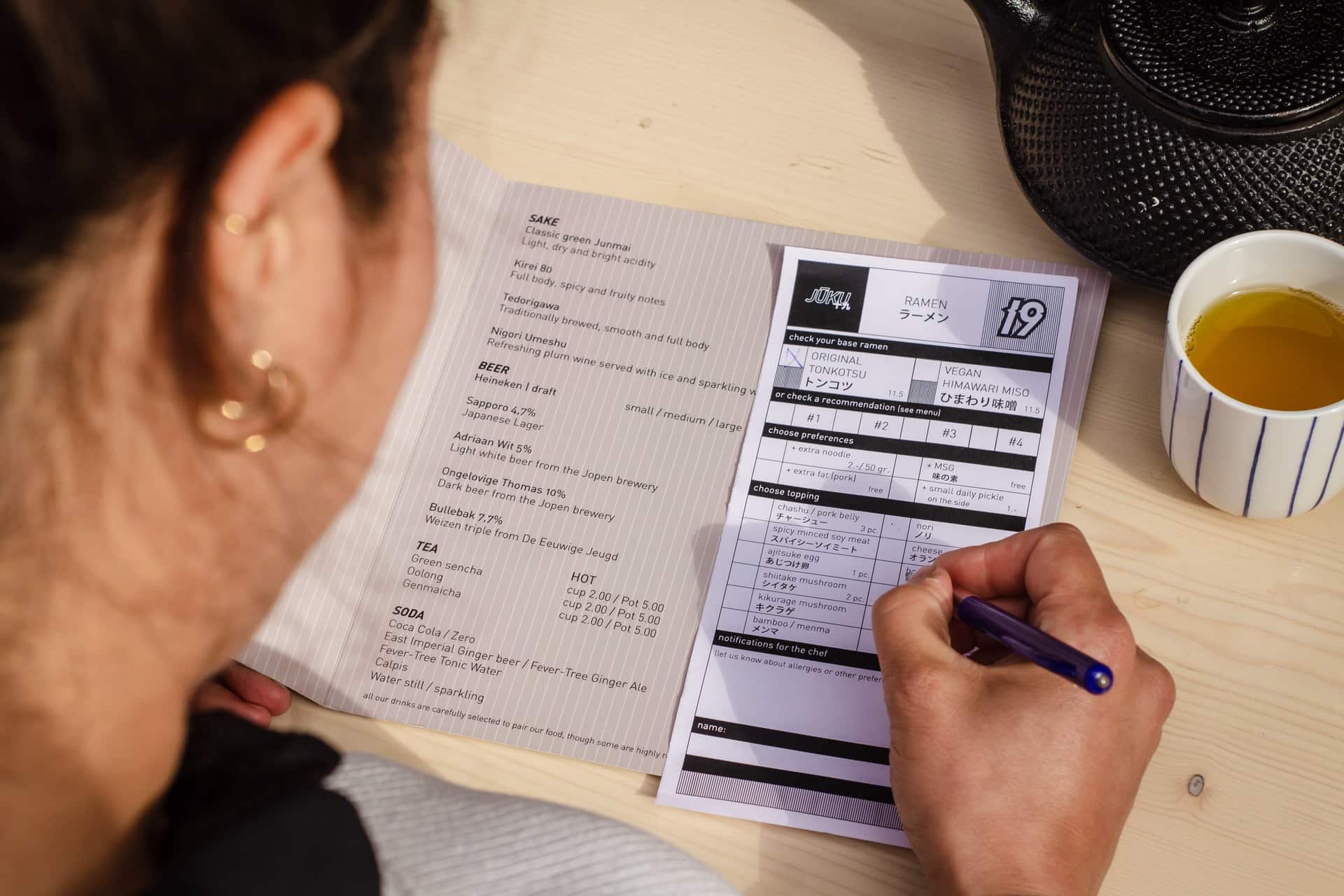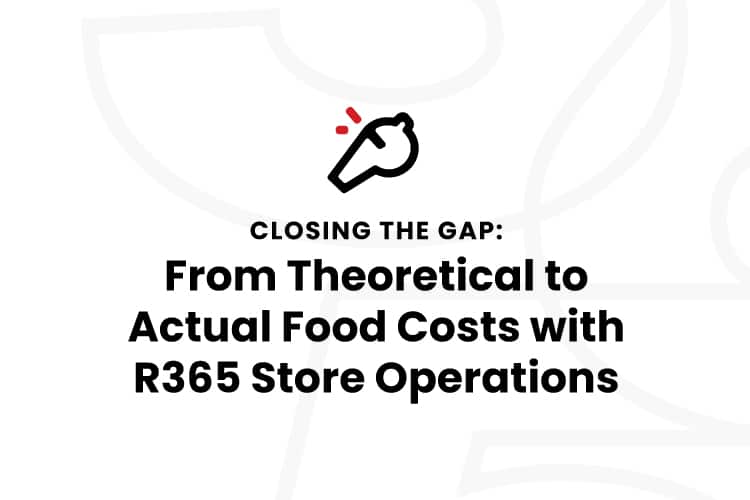Contributed By: Jason Hollis, Compeat Training & Implementation Lead – Featured in Bar Business Magazine
Did you know diners spend an average of only 109 seconds looking at your menu? That’s because, on average, 80% of a restaurants’ food sales come from only 20% of menu items. With the restaurant industry navigating through the unprecedented COVID-19 crisis, it is more critical now than ever before to understand which menu items are the most profitable and where to place them on your menu in order to positively impact your bottom line.
By understanding which of your dishes are actually working hardest, you’ll know where to place your energy, what dishes to push, what dishes to ensure are properly prepared for take-out and delivery, and what dishes you may need to remove from your menu altogether.
Below are the industry terms used to describe how popular and how profitable things are and an actionable plan to turn certain low-performing menu items into high-performance menu stars.
Dogs
These are the poorest performers on your menu because they are neither profitable nor popular. Most often, dogs are the kid’s menu or special diet items which simply can’t be eliminated. Consider raising their prices just enough so that you are at least not losing money. And, since the people who need them will find them anyway, try to de-emphasize these on your menu or even place them on a standalone menu available upon request. Dogs should be the first to be removed from your menu if you choose to scale it back.
Workhorses
Workhorse items are typically very popular, but not very profitable. Luckily, there are a few things you can try to increase these items’ contribution margin without sacrificing their popularity and potentially bump them up into being “stars”. For starter, try increasing the price slightly. Small, gradual price increases will help you gauge what your customers find as an acceptable price for these items without losing the trust of your customers.
Another option is to conduct “plate audits”, in which your servers to start monitoring what comes back when they clear the plate from the table. For example, if you find that on a 6-count taquito basket, 1 taquito is regularly being discarded by the customer, it would be wise to decrease the portion to 5 taquitos. Doing so will automatically increase that dish’s contribution margin.
Puzzles
Puzzles are items that aren’t very popular, but they ARE very profitable. Our goal is to make these profitable items more popular. Renaming menu items can increase their popularity. Tap into that your customers’ emotions to draw them into the dish. For example, instead of just “chicken fried steak,” name it “Grandma’s Southern Chicken Fried Steak with Cream Gravy.” Adding an element of nostalgia could help bump sales. In any case, a re-brand of that item probably won’t hurt if it’s already not selling; so, it’s worth a try.
Another way to get puzzled items noticed is to run them as a blackboard special or advertise them on table tents. Perhaps even consider an in-house marketing campaign such as running a server contest on the highest sales of chicken fried steak to ensure that more servers are pointing it out to guests.
Stars
Stars are the most popular and profitable items on your menu, be sure that they are located in a highly visible area of the menu. Also, if you are heavily relying on delivery and takeout during these times, it is important to make sure these Stars will travel well. Any dish that arrives on your customer’s doorstep cold and mushy will put you at risk of losing repeat business.
When arranged correctly, your menu becomes a silent salesperson, doing most of the heavy lifting for you. Below are a few tips on how to boost the sales of your puzzles and stars to increase your bottom line.
The Power of Placement
When looking at a standard 2- or 3-fold menu, our eyes typically start in the middle of a page, then move to the top right, then top left. This is called the Eye Gaze Path. If you look at this path, you will see that the majority of time is spent looking at the top portion of your menu, in a triangular formation. This is also sometimes called the “Golden Triangle”. For this reason, you should consider placing high-margin dishes at the center and upper-right corner of your menu.
The Magic of 7
Limit menu to 7 items in each section. Too many options results in a Paradox of Choice and can lead to the guest feeling overwhelmed, making them default to an item they’ve had before or perhaps the least expensive option so that they feel safe.
The Impact of Negative Space
If a menu is crammed with text, the eye will naturally be drawn to any open spaces. Creating a negative space around your most profitable items will automatically pull the eye of your customers – increasing the likelihood of profitable sales.
The Use of a Decoy
Consider placing lower priced, higher profit options as a decoy right next to higher priced menu items. For example, if you have your high-end steak options boxed in, place the half-chicken entrée right above the box. Chicken is lower in price, and likely has a higher price margin than the steaks next to it. The guest feels like they found a great deal yet making a greater contribution to your profitability.
Menu engineering is a science that is based on human behavior. While your menu is your best marketing tool for customers, it also important to train your staff to verbally recommend our “stars” to customers. This knowledge will help them guide customers to more profitable dishes to improve customer experience while boosting your bottom line.


